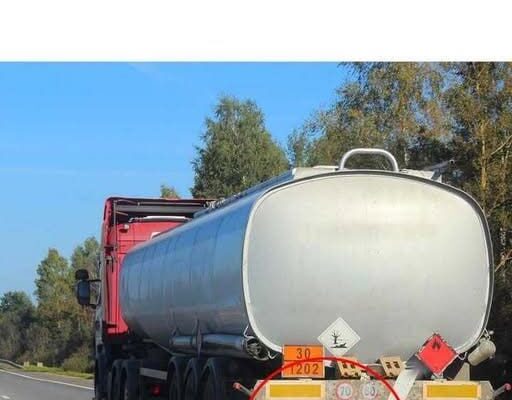Tanker Trucks: The Hidden Guardians of Liquid Safety
Tanker trucks are engineering powerhouses with one clear mission—safely moving liquids and gases that keep our world running. From fuel and chemicals to water and food-grade liquids, these vehicles work quietly in the background, ensuring vital supplies reach their destinations without incident.
At a glance, a tanker truck may look like little more than a large cylinder on wheels. But every curve, joint, and bolt is purpose-built for safety. And among its many features, one of the smallest—a chain dangling at the back—plays an outsized role in preventing disasters.
The Chain That Could Save Lives
That loose chain is no ornament. It’s a grounding chain, a simple yet crucial device that protects against static electricity.
Here’s the problem: as the truck moves, liquids inside slosh and rub against the tank walls. This friction creates static electricity, which, in the case of flammable cargo, can be deadly. A single spark could ignite vapors and cause catastrophic fires or explosions.
The grounding chain drags on the road, continuously releasing built-up static into the earth. This harmless discharge prevents dangerous energy from accumulating—and stops sparks before they happen.
From Tragedy to Standard Practice
Grounding chains weren’t always standard. Decades ago, accidents caused by static electricity were far more common. Fires, explosions, and tragic losses eventually pushed regulators and industry leaders to act.
Today, strict rules from agencies like the U.S. Department of Transportation mandate grounding chains for hazardous material transport. They’re inspected regularly, and their absence or poor condition can sideline a truck until fixed.
The Science of Static in Motion
Static electricity is born when two surfaces rub together, transferring electrons. In tanker trucks, liquid motion inside the tank—and even the movement of fuel through hoses during loading—creates these charges.
Without a safe path to ground, that electricity lingers, waiting for the right (or wrong) moment to leap to a conductive surface in the form of a spark. The chain ensures the charge continuously bleeds off into the earth, neutralizing the threat.
Safety Beyond the Chain
While grounding chains are tried-and-true, technology has added backup measures:
- Retractable grounding reels for secure discharge during fuel transfers
- Anti-static fuel additives to slow charge buildup
- Low-friction coatings on tank interiors to reduce static generation at the source
Still, none of these have replaced the humble chain—it’s too simple, reliable, and effective to retire.
Clearing Up the Myths
Some think the chain helps brake the truck, adds stability, or is a leftover design quirk. In truth, its job is purely electrical grounding—nothing else.
Maintenance: Small Part, Big Responsibility
A damaged or corroded chain can’t do its job. That’s why inspections focus on ensuring it’s intact, rust-free, and making consistent ground contact. If it’s worn or broken, replacement isn’t optional—it’s essential for the safety of both the truck and everyone nearby.
Final Thoughts
The next time you see a tanker truck rumble past, notice the chain trailing behind. That small piece of metal is a silent guardian, preventing sparks, fires, and explosions during the transport of volatile cargo.
It’s proof that sometimes the simplest solutions—when maintained with care—are the most powerful in keeping our roads and communities safe.



